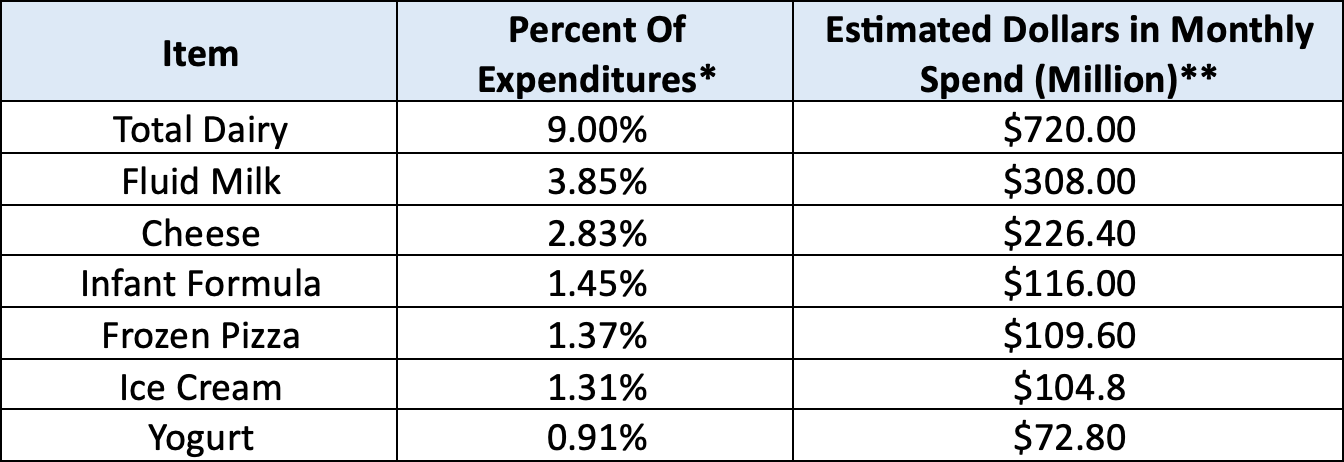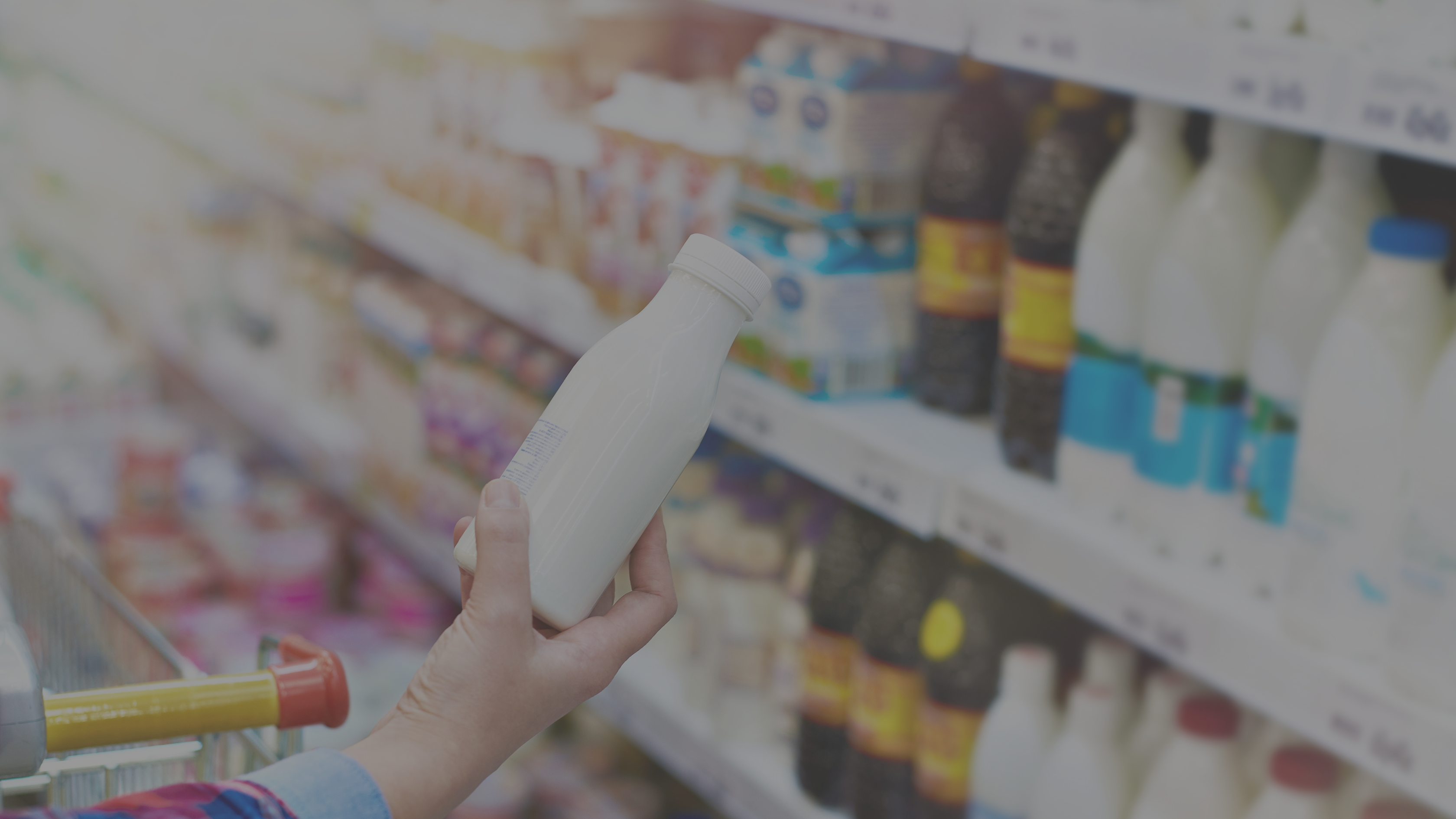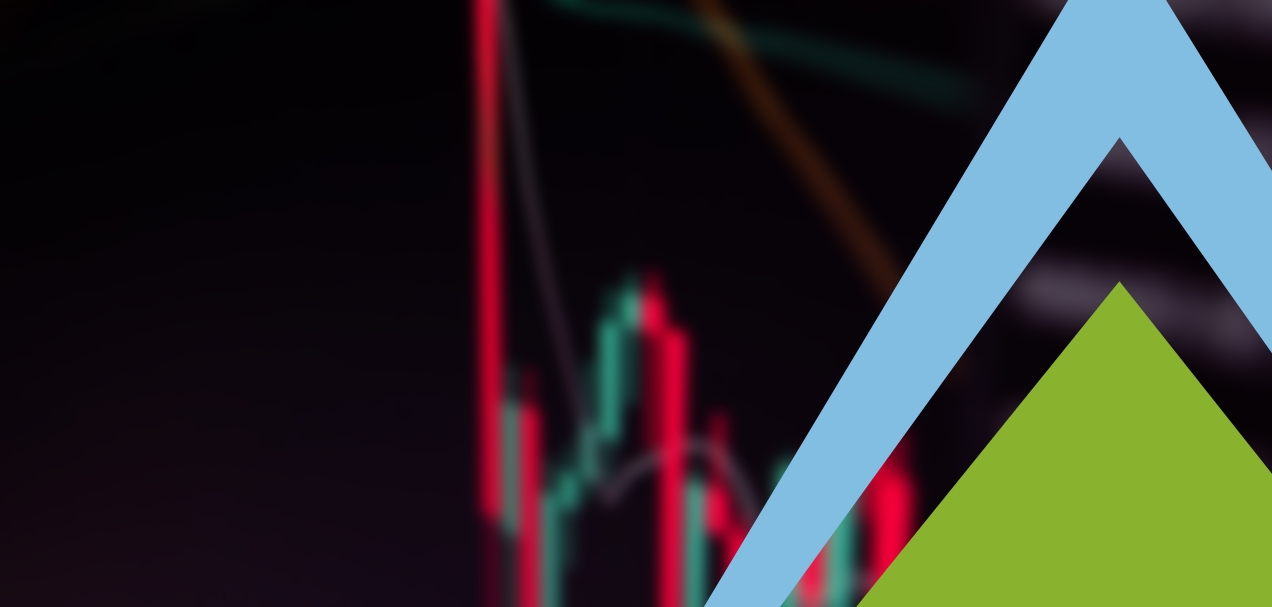Longer-Term Food Security Issues Lurk in the Background
On October 1, 2025, the US government shut down after Congress failed to pass a funding bill to keep it operational. As such, several US government offices, including certain USDA bureaus, are not operating. On October 28, 2025, the Senate failed to advance a funding bill for the 13th time, further prolonging the shutdown. Although the US government has closed in the past, with the longest shutdown lasting 35 days from December 2018 to February 2019, the 2025 shutdown has several distinct differences, including the potential lapse of the Supplemental Nutrition Assistance Program (SNAP) on November 1, 2025.
SNAP benefits are a federal program administered by the USDA that helps roughly 41.7 million Americans, about 1 in 8, purchase food. In 2018, during the last shutdown, states were able to issue SNAP benefits for January 2019 but the administration directed states to issue February SNAP benefits early, before January 20, via emergency contingency funds through the USDA. However, in 2025, the USDA posted a notice on its website that it would not tap nearly $5 billion in contingency funds to provide SNAP benefits to states on November 1, 2025, with the notice reading, “Bottom line, the well has run dry.”
The cancellation of SNAP benefits for November 2025 has drawn significant backlash nationwide, as the program is a major part of the United States’ social safety net. In 2024, monthly SNAP benefits totaled approximately $8 billion, averaging $187.17 per person and $351.49 per household. Of the $100.4 billion in annual federal spending for the SNAP program, about 93% ($93.7 billion) was spent on benefits themselves. On October 28, 2025, 25 states filed a joint lawsuit against the Trump administration over the suspension of SNAP benefits. The states argue the decision to cut off SNAP benefits is unlawful and threatens to deprive millions of Americans of essential food. Additionally, Senate Bill 3024, the Keep SNAP Funded Act of 2025, was introduced on the Senate floor on October 21, 2025, with bipartisan support. It currently sits in committee and is unlikely to advance in its current state due to the political gridlock and other proposals.
For the US dairy industry, SNAP is an integral part of the supply chain. A study published by the USDA in November 2016 found that high-fat dairy/cheese, as well as fluid milk, were among the top 10 product categories by expenditure for SNAP. Further, a more granular analysis of the data revealed that fluid milk and cheese ranked second and fifth, respectively, among the top ten commodities by expenditure. In total, dairy accounts for approximately 9% of SNAP spending. Below is a table of the top dairy items by percentage of the $8 billion in monthly expenditures provided by the USDA.

**Assumes $8 billion spent monthly in 2025.
It should be noted that, more recently, in 2025, twelve states, Arkansas, Colorado, Florida, Idaho, Iowa, Louisiana, Nebraska, Oklahoma, Texas, Utah, and West Virginia received federal approval to restrict the purchase of sugary foods such as soda and candy with SNAP benefits beginning in 2026. According to the study above, soda was the most purchased item at 5.44%, while candy ranked 11th at 1.46%. The removal of these items from SNAP coverage could lead to greater purchases of dairy products with SNAP benefits in the future.
Although the lapse of SNAP benefits on November 1 is a more immediate threat to the dairy industry, long-term changes to SNAP were included in the Budget Reconciliation Bill (One Big Beautiful Bill) that was passed in July 2025. The new changes require adults ages 19-64 to work 80 hours per month to qualify for benefits, including increasing the maximum age from 54 to 64. Parents with children seven years and older are also now subject to these requirements. The bill will force states to shoulder more of the cost for food assistance with the total cost based on a formula tied to reported payment errors, with a 15% cap starting in 2029. Read here for more on the Impact of the One Big Beautiful Bill on Dairy.
Lastly, the Farm Bill is the primary legislation that sets the rules for SNAP, including changes to benefit levels, eligibility, and work requirements. The last Farm Bill expired on September 30, 2023, but was extended to September 30, 2025, via two one-year extensions. Although SNAP benefits will continue even if Congress is unable to pass a new Farm Bill or another extension by the January 1, 2026, deadline, a whole host of other problems will arise. This deadline is known as the “dairy cliff,” when the US government reverts to “permanent law,” a set of farm policies established in the 1930s that require the USDA to purchase certain commodities, particularly dairy products, at fixed rates far above current market prices.
2025 has been a year of volatility for the dairy industry and the world alike. From tariffs to trade deals, a beef market rally to a butter market collapse, and a government shutdown in between, it has been one rollercoaster of a year. It remains unclear how long this government shutdown will last, whether SNAP benefits will be issued, and whether a new Farm Bill will be passed before January 1, 2026, creating market volatility and consumer uncertainty.



